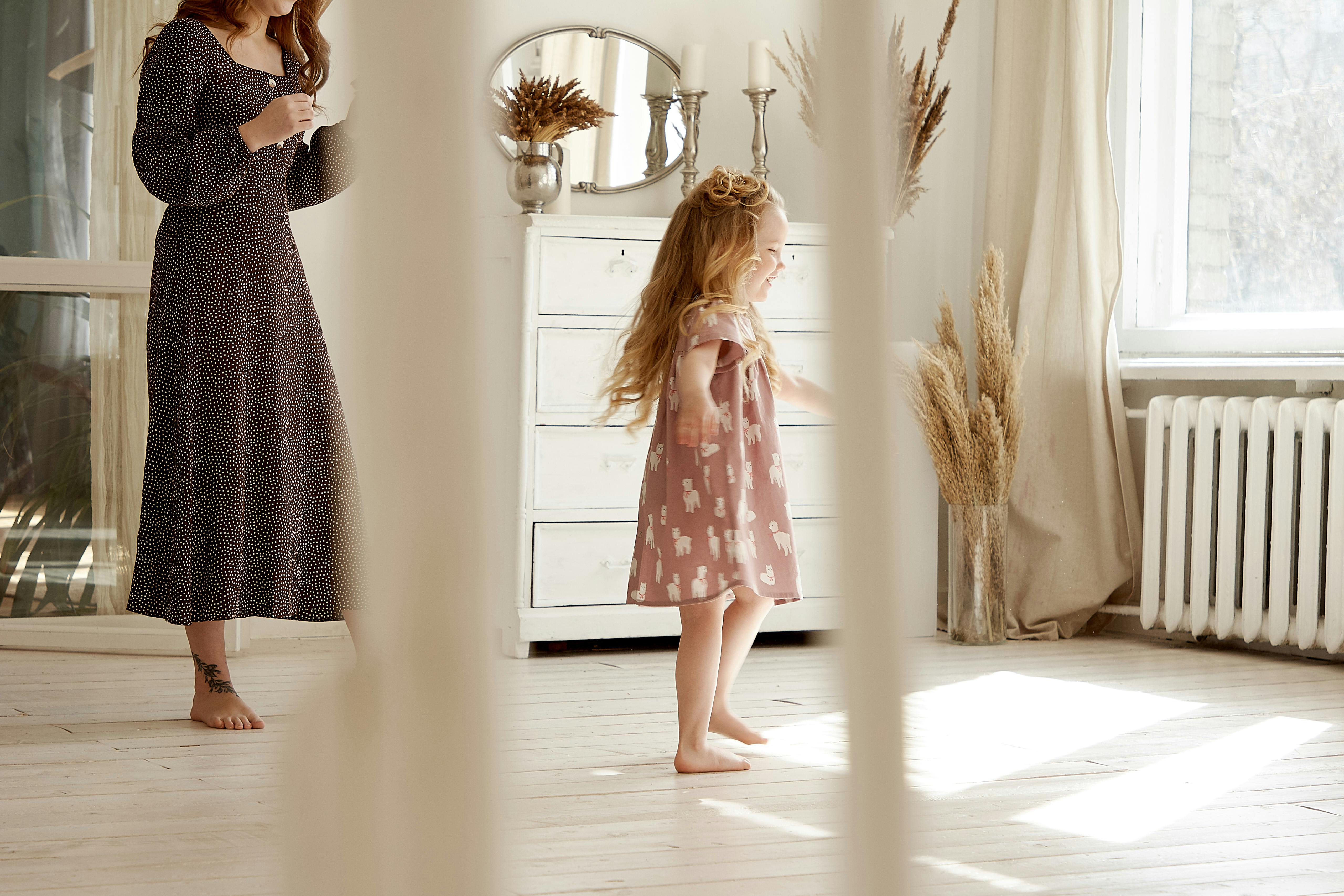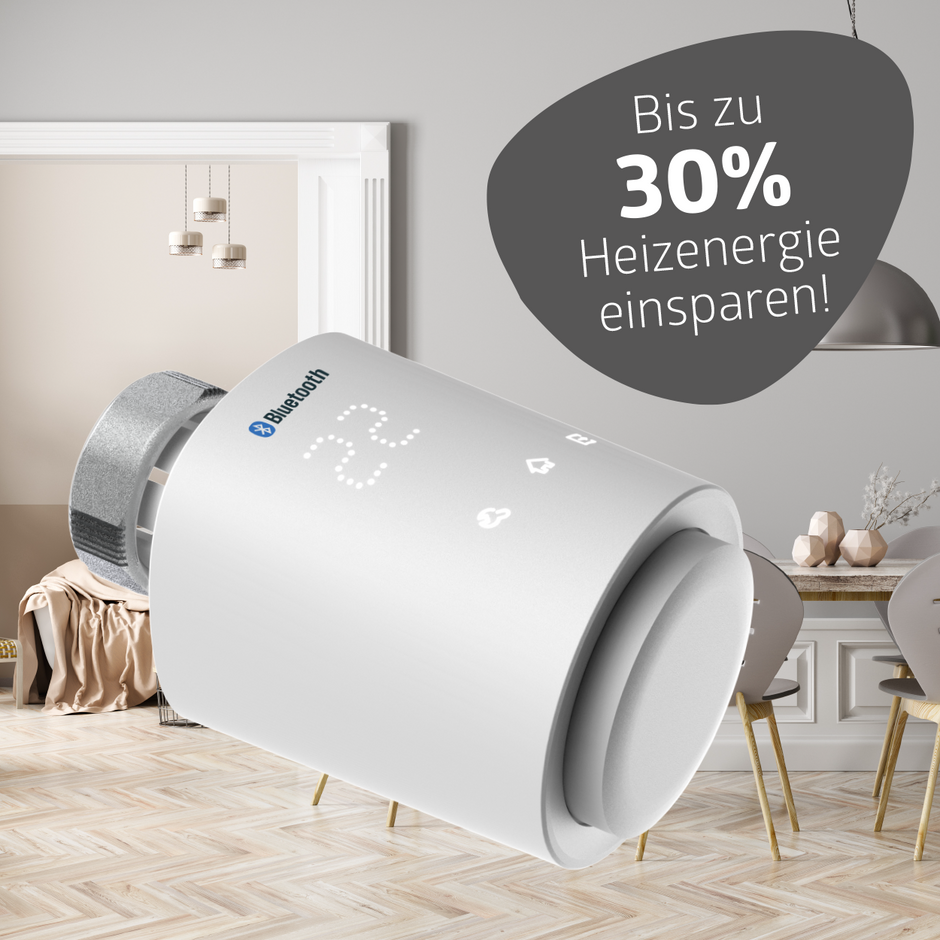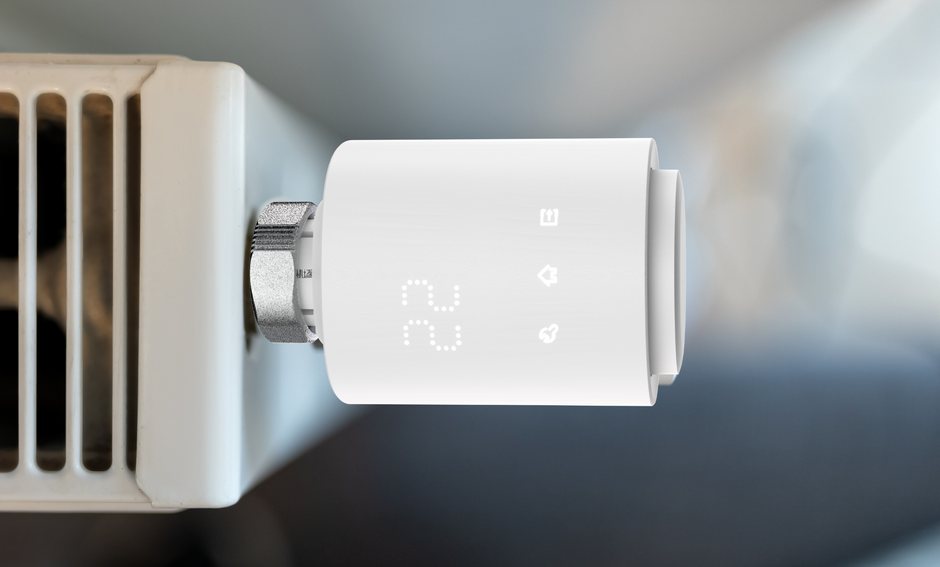Humidity is an important factor for well-being in living spaces – and also crucial for whether or not mold is likely to form. Humidity indicates how much water vapor is present in the room air.
Humidity in living spaces should not exceed 60% to prevent mold growth. However, even levels below 40% are problematic: mucous membranes dry out, which can lead to coughing and constant sneezing, among other things. Furniture and wooden floors can also be damaged by low humidity, as the wood dries out and warps.
In a smart home, the indoor climate can be monitored using temperature and humidity sensors. The measured values are conveniently read via an app. It's also possible to receive notifications via smartphone when critical values are reached.



























